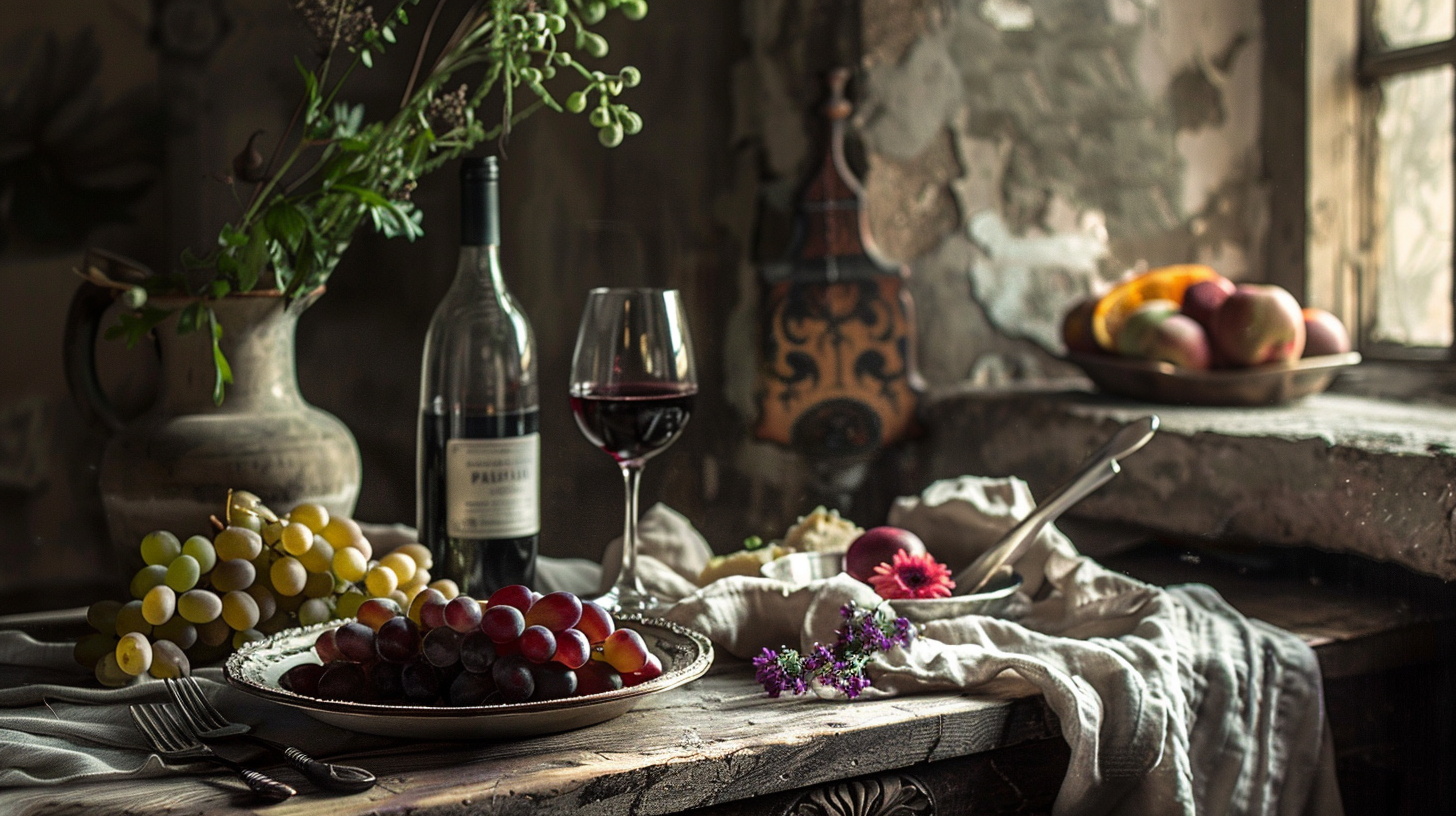Key Points
• Boost Your Food Photos: A well-placed tablecloth or napkin can make your food shots look much better by adding interesting textures, a splash of color, or a dash of class to the scene. This helps make your photos more alluring and polished.
• Pick the Right Fabric: It’s important to choose the best fabric for your food linens. Natural options like cotton or linen are top picks because they have a gentle drape and don’t shine too much, so they won’t distract from your delicious-looking meal.
• Match Colors and Designs: You’ll want to pick linens that add to your dish without taking over. Usually, neutral colors are the way to go, but a pop of color or a simple design can really bring out the best in your food’s looks and feel, adding to the photo’s overall vibe.
Contents
- Key Points
- Understanding the Role of Linen in Food Presentation
- Exploring Texture: Linens Against Food Surfaces
- Finding the Perfect Match: Linen and Food Combinations
- Understanding Color Impact in Food Photos
- Choosing Colors for Linens
- Color Coordination: Linens and Dish Palette
- Different Types of Linen Materials
- Understanding Fabric Weaves in Food Photography
- Getting Linens Camera-Ready
- Keeping Your Linens Fresh
- Playing with Light and Dark on Linen
- Understanding Fabric in Various Light: Comparing Natural and Man-Made Lighting
- Using Tablecloths and Napkins in Food Photos
- Linens in Food Photos and Their Cultural Impact
Using linens right can either give off an air of elegance or a homey feel, depending on what you choose and how you arrange it. Experts in photography use them to make the food’s colors pop or to add a gentle background that draws attention to the meal itself. Linens are also great for managing pesky reflections and tweaking how light plays around your dish. A smart choice in linens can turn an ordinary photo into a narrative piece, providing a glimpse into the world from where the dish comes.
Understanding the Role of Linen in Food Presentation
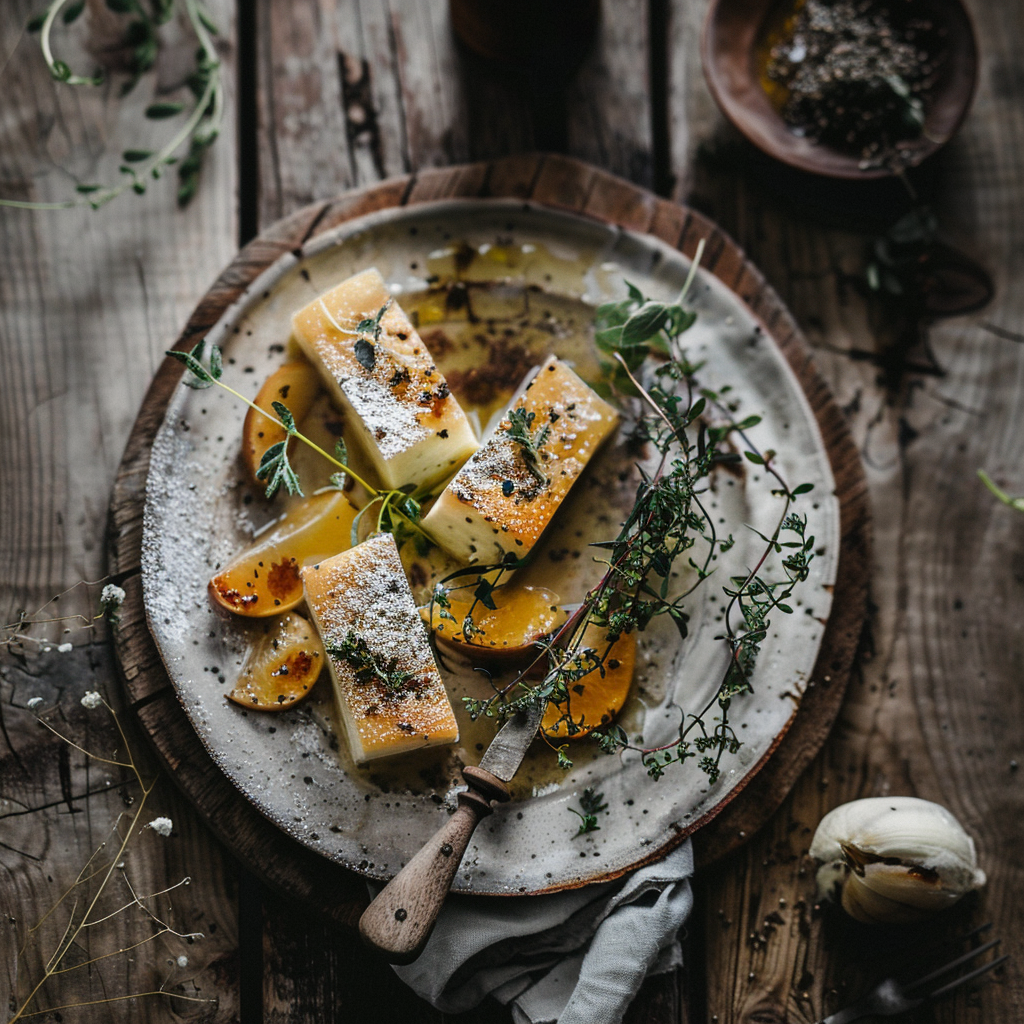
Linen has a long history in making food look good, stretching back to when fancy meals usually meant white tablecloths and smart-looking cloth. These clean, spotless linens were signs of upscale dining and have popped up in artwork for hundreds of years. When food photography became a thing, these fabrics kept being important for showing off food in the best light.
Back in the day, artists and stylists picked out textiles that matched the food’s cultural or seasonal background, adding a bit of story to their pictures. As times changed, so did the trends, but there was always careful thought given to how linens helped make food look great.
Nowadays, food photographers keep doing this, though they might mess up a napkin on purpose for texture or go for linens that look naturally crinkled to seem more real. Linens are still big in food styling, whether they’re nodding to past styles or going with today’s simpler vibes. They tell us a lot about our food history and what we like now.
Exploring Texture: Linens Against Food Surfaces
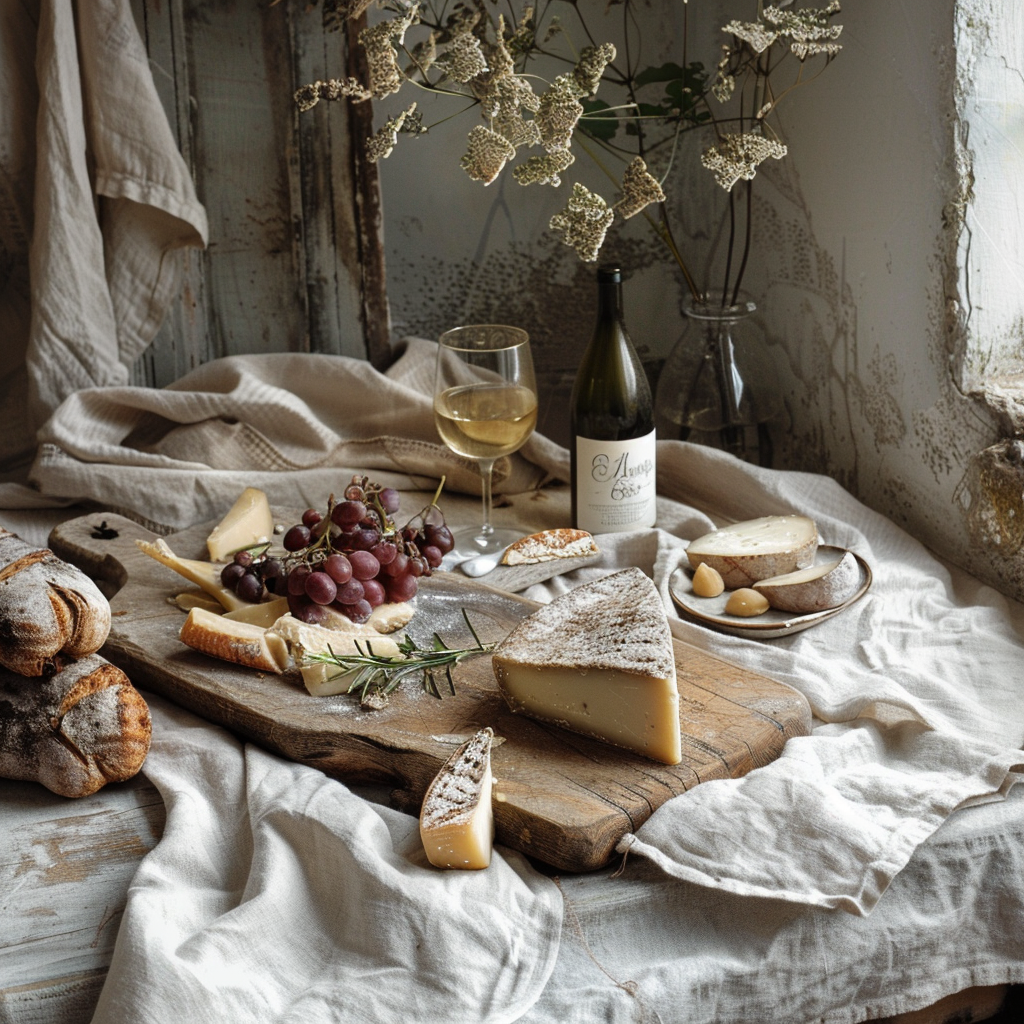
In food photography, texture is key to making pictures pop. The right kind of linens add a touch of texture that can take your photos to the next level. It’s all about how these fabrics play off the surface where the food lies. When photographers pick and place their linens with care, they can make an image that’s not just about the food, but also tells a tale. It’s important to get how the linen’s texture works with the food’s resting place.
Textural Contrast
When you mix smooth and rough textures in your photos, you create depth. Imagine a shiny tablecloth under a crunchy loaf of bread – it really makes the bread’s roughness stand out against the cloth’s smoothness. Or, consider a knitted blanket beside some shiny fruits; it puts the spotlight on the fruit’s glossiness against the linen’s more dull look. Mixing textures draws in the eye and ramps up the feeling of touch through the picture.
Harmony
Strive for harmony means findin’ a balance between the different textures in your photo. This isn’t about having all the same types of textures but instead using different ones that go together well and match the vibe you’re aiming for. Soft, fine linens might go hand in hand with the luxury of exquisite chocolates, whereas a thicker, ribbed napkin would go better with the robustness of a grilled steak. The goal here is to make everything look like it belongs together, from the texture to the colors for a united final piece.
Finding the Perfect Match: Linen and Food Combinations
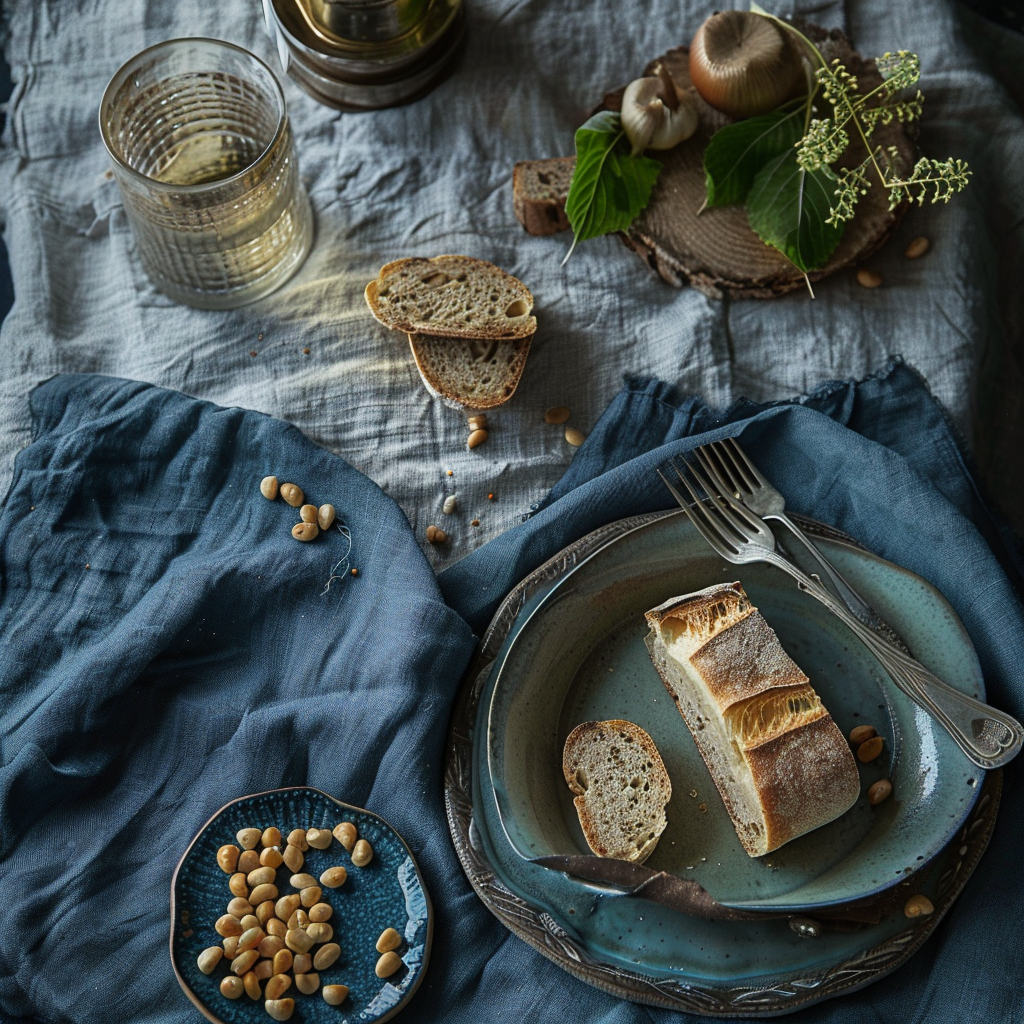
Matching the right linens with food is crucial for a harmonious look. You want textiles that make the food stand out while keeping a natural, effortless style in the photo.
Ideal Linen and Food Matches
For linens and food to work together, you need to pick pairs on purpose. Picture a plate of hard cheese on a soft linen cloth; the cloth’s softness highlights the cheese’s rough texture. Or think about putting delicate pastries against a stiffer linen, which makes them really stand out. Here are some good matches:
- Crusty Bread: Go for a silky or smooth cotton linen to create a sharp contrast.
- Cheeses: Use something like burlap—a fabric with lots of texture—to bring out the cheese’s roughness.
- Fresh Vegetables: A checkered linen can give off that crisp, straight-from-the-garden feel.
- Seafood: Rough linen matches the simple, natural feel of seafood.
When picking linens, it’s important to think about more than just the colors and the mood. You have to consider how they will match up with the food’s texture too. Your choices must be deliberate, aiming to enhance both the linen and the food. This way, your photos will be as appealing visually as they are well thought out in terms of design.
In food photography, linens do a lot more than just sit in the background; they’re key pieces that complete the main attraction—the food. Picking the right linens is super important for your composition because they affect not just how good your photo looks but also how people see the food.
Understanding Color Impact in Food Photos
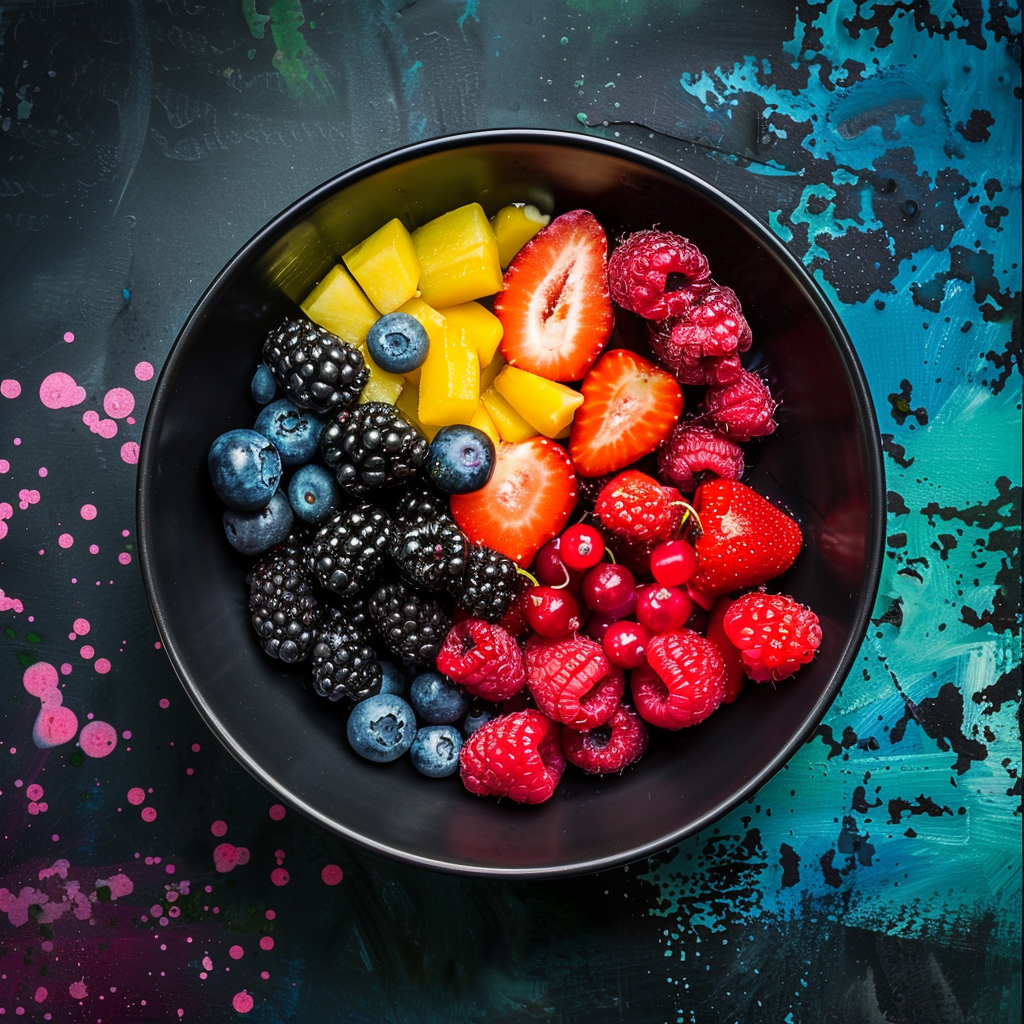
Colors can make us feel things and send signals without any words, and this is really important when snapping pictures of food. The colors you pick for the backgrounds or cloths can make a big difference in how hungry someone gets or what they think the food will taste like. Warm shades like red and orange might get your mouth watering, but cooler colors like blue don’t usually have that effect. Using colors in a smart way helps you get the reaction you want from people looking at the photos.
Choosing Colors for Linens
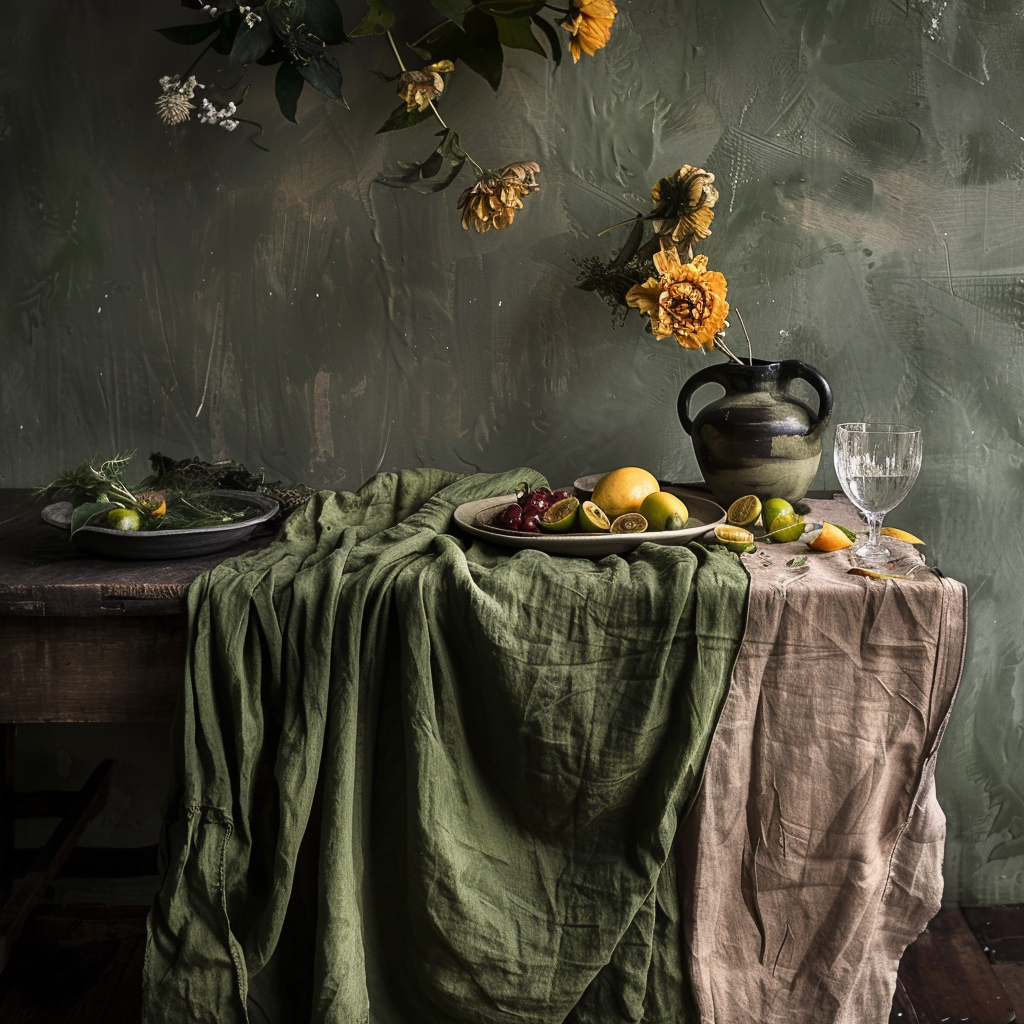
Picking the right color for your linens is all about understanding color relationships and the feelings they bring out. Here’s a simple guide to matching them:
- Complementary Colors: For a bold and lively look, pick linens in colors that are opposite each other on the color wheel.
- Analogous Colors: If you want a peaceful atmosphere, select colors right next to each other. This gives a calm and soothing effect that’s pleasant to look at.
- Triadic Colors: To achieve a balanced look with a bit of contrast, choose colors that form a triangle on the wheel.
- Monochromatic Shades: For an elegant appearance, use different variations of lightness and darkness within the same color to create a cohesive feel.
Apart from these patterns, think about what emotions specific colors might suggest. For example, using green can suggest freshness or healthiness. And tones like beige or natural shades often give off an earthy and organic feeling.
Color Coordination: Linens and Dish Palette
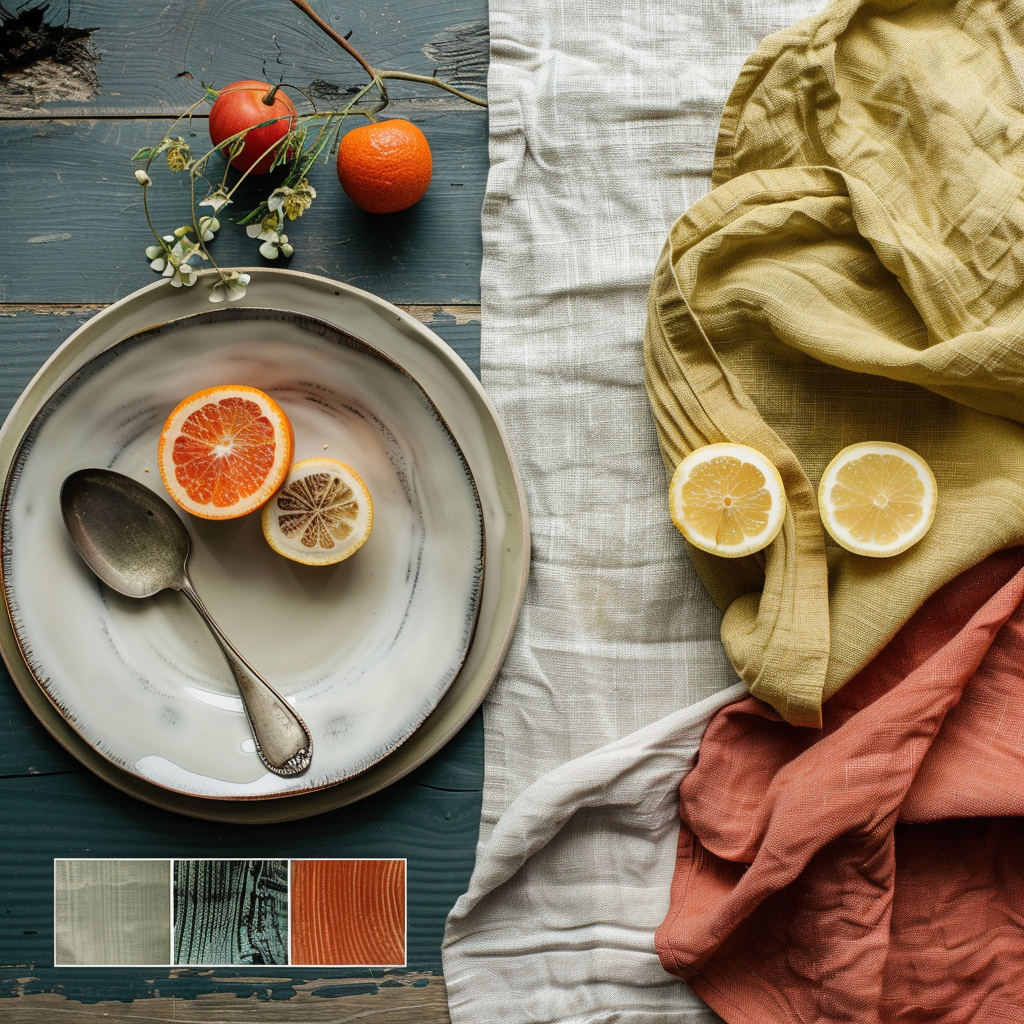
Getting your food to look great in pictures is all about matching your tablecloths and plates with the food. If they clash, it looks bad, but if they match well, your food will really stand out! Here’s what you need to do:
- Solid vs. Patterns: Stick with solid-colored tablecloths for a safe choice, but patterns can work too. Just make sure they don’t take away from the food and fit with your overall theme.
- Subtle Backgrounds: Quiet linen colors let your food be the star, especially when the food is bright or has lots of detail.
- Natural Contrast: For contrast, use darker linens for light food and lighter linens for dark food. It shouldn’t be too much, just enough.
Picking the right tablecloths based on color theory and how they go with your plates will make your food pictures go from alright to wow. It’s all about making a visual feast that captures the eyes and makes mouths water.
In food photography, linens are key for creating the right background. They add texture and color, which sets the mood and feel of the shot. The right linen can make the food look fresher or cozier, depending on what material and color you choose.
Patterns and Visual Interest
Patterns on tablecloths can either add interest to food photos or distract from the food itself. The right pattern adds depth and helps focus on the dish. However, watch out for overly busy patterns – they can ruin the shot.
The Impact of Patterns on Composition
A good pattern choice can make a photo’s composition better. It grounds the dish in its setting. Patterns help by framing the food or providing contrast to show off its colors and shapes.
Balancing Patterns: Linens with Simple vs. Complex Dishes
The way a dish’s complexity matches up with the tablecloth pattern is important for a balanced photo. Simple dishes can handle bold patterns to add some energy without fighting for attention. On the other hand, busy dishes usually need simple or solid-colored linens so they remain the focal point.
To wrap it up, smartly chosen tablecloths are key in food photography for setting the scene, adding personality, and balancing what you see. Whether it’s through quiet grace or lively patterns, tablecloths frame and highlight the food, making the whole picture more appealing.
Linen is popular for food pics because of its natural look and feel. Made from flax plant fibers, linen is tough and comfy. It can last a really long time, which is why photographers and stylists often go for it to give their shots a genuine and classy touch. Plus, it’s easy to iron out creases quickly when shooting. Linen gets shinier and softer each time it’s washed, so it never gets old-fashioned.
Different Types of Linen Materials
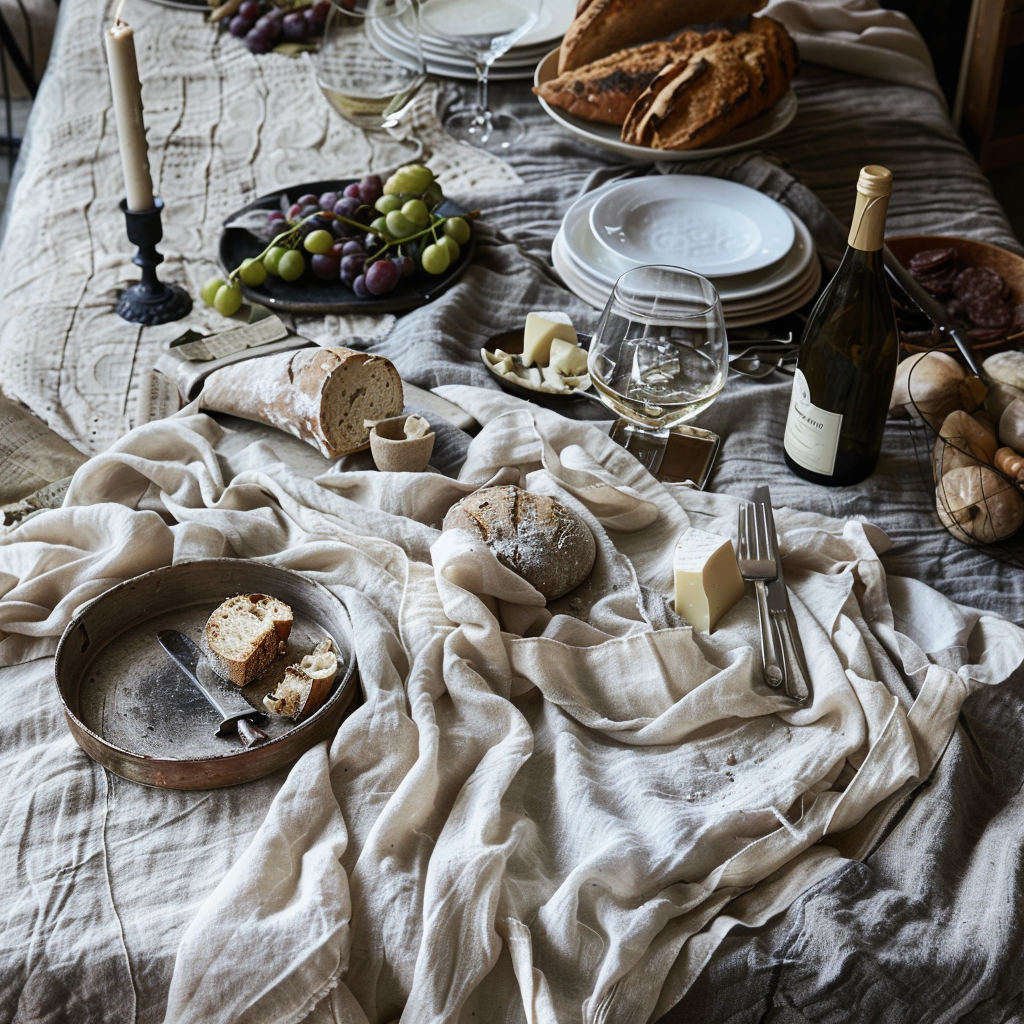
Linen comes in various textures and weights. You can go for 100% linen if you want something fancy, or pick a mix of cotton and linen to save some cash but still keep the fabric looking good. Thick linens are great when you’re going for a tough, country vibe. On the flip side, thin linens work well if you’re after a light and breezy feel.
Understanding Fabric Weaves in Food Photography
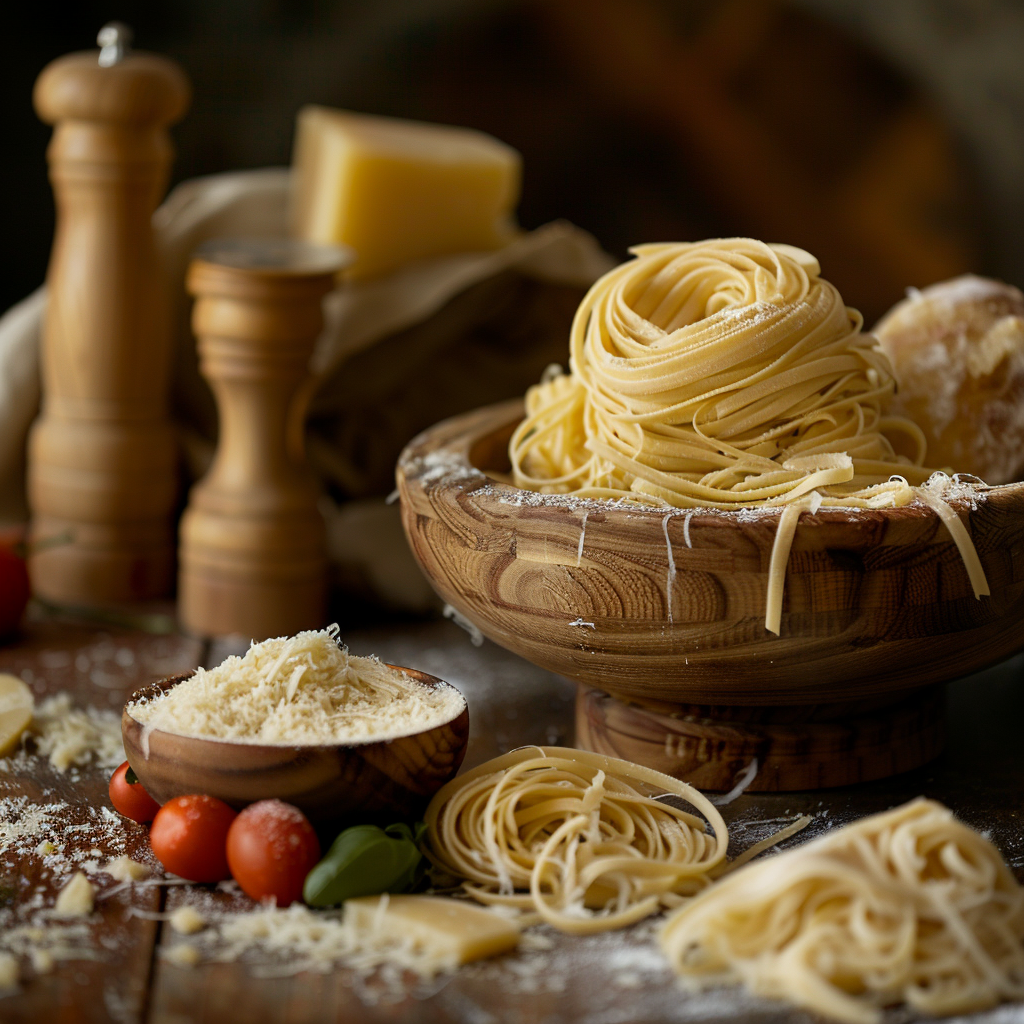
Different kinds of linen weaves change how food photos look. A closely woven fabric makes a smooth backdrop that really lets the food shine. It keeps the viewer’s attention right where you want it, on the dish. On the flip side, if the weave is open and loose, it brings an earthy, natural feel to the picture, which adds some depth. Weaves that go in certain directions, such as twill or herringbone, can create patterns that move your eye around the photo. Basically, picking the type of linen weave can shape the story your photo tells, whether you’re going for something simple or packed with details.
Getting Linens Camera-Ready
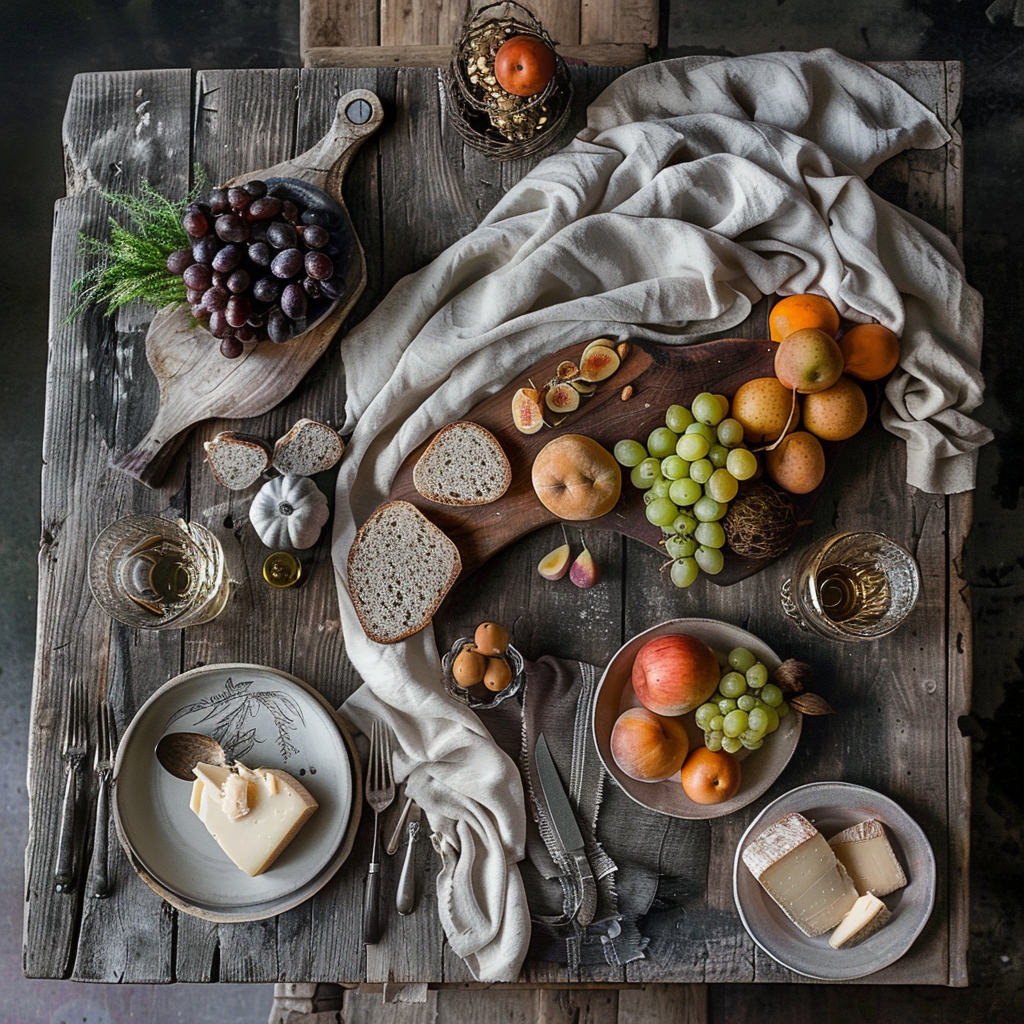
When you’re setting up a food photography shoot, it’s important to prepare your linens. These materials bring in texture and make the photo look better. Begin by ironing out any wrinkles or creases you don’t want. Take a medium-heat iron and be careful not to burn the fabric. Focus on ironing the parts that’ll show in the shot.
Ironing and Arranging Hints
Ironing does more than get rid of wrinkles; it helps set the scene. Think about how you want your final image to look while you iron. If you’re going for a relaxed feel, it’s fine to leave a few soft folds in there to show a homely touch. If it’s sophistication you’re after, then try for a completely smooth finish. How you fold or drape the linens can also help give your photo movement and make it pop.
Keeping Your Linens Fresh
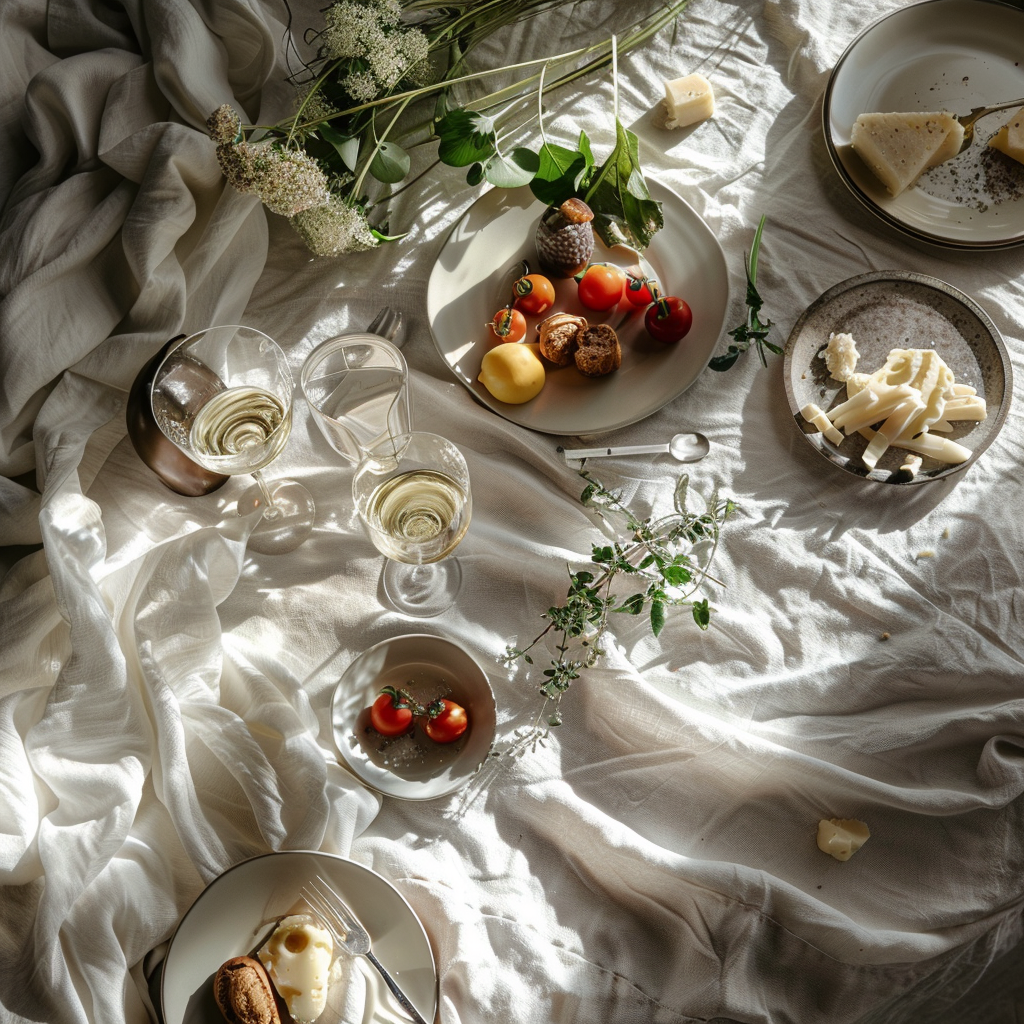
To make sure your linens stay in top shape for more photoshoots, handle them with care. After using them, give a good shake and clean them the way their labels say. Usually, it’s best to use a delicate wash cycle and a light soap. Stay away from bleach—it can damage the fabric and make the colors wash out.
Looking After Your Linens
After your linens are washed and completely dry, fold or roll them neatly to keep wrinkles at bay. You should store them somewhere cool and dry, out of the sun’s way to keep the colors from going dull. If you want to go the extra mile, wrap them in paper that won’t turn them yellow before you tuck them away in a storage box or your wardrobe. That way they’ll be free of dust and ready for action next time.
Playing with Light and Dark on Linen
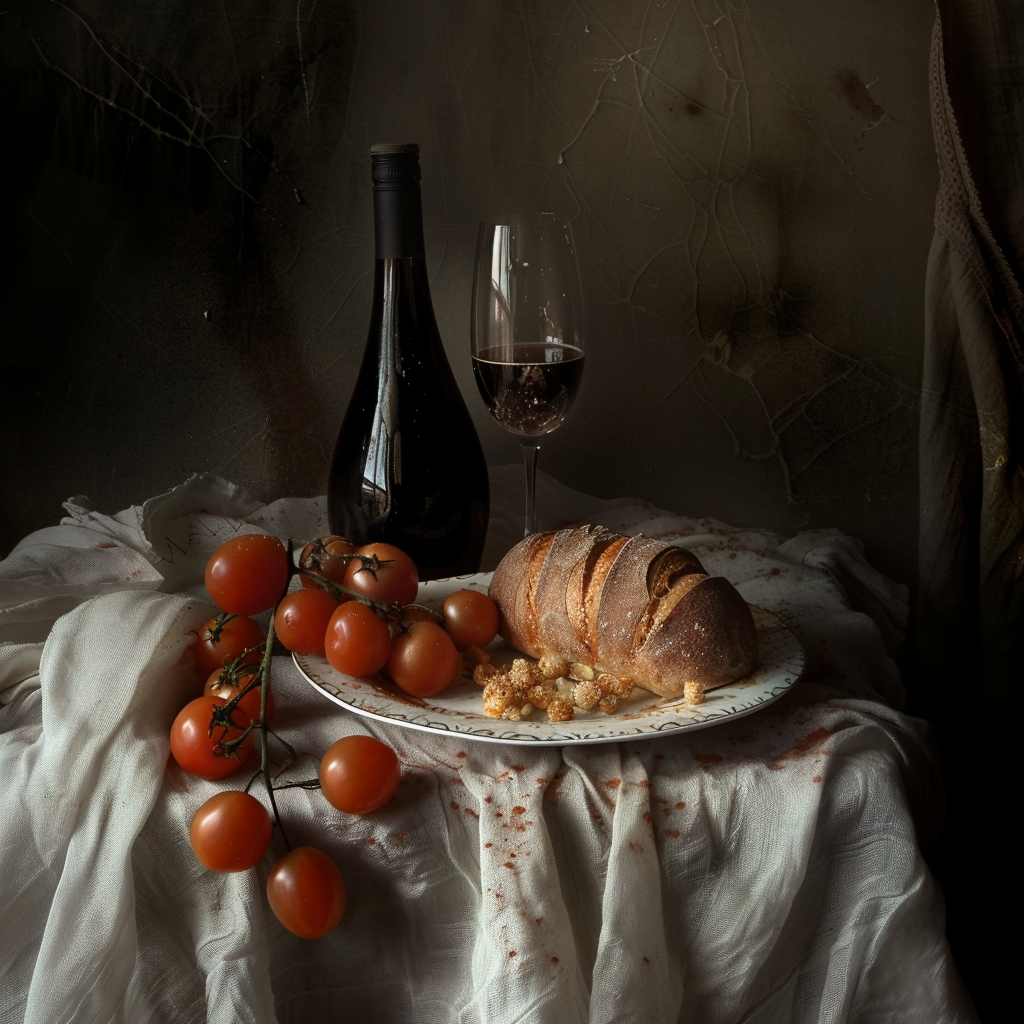
Understanding how light and shadow play on materials like linen is important for adding depth to food photos. Light brings out the texture and shape, while shadows help create a sense of three-dimensional space. This interaction is lively; it can make a photo look more elegant or give it a country feel, depending on how you use it.
When light shines on linen, it can spread out and soften the scene, or be more focused, making sharper shadows that show off the texture. Getting this mix right is important for photographers who want their pictures to set a certain tone.
Understanding Fabric in Various Light: Comparing Natural and Man-Made Lighting
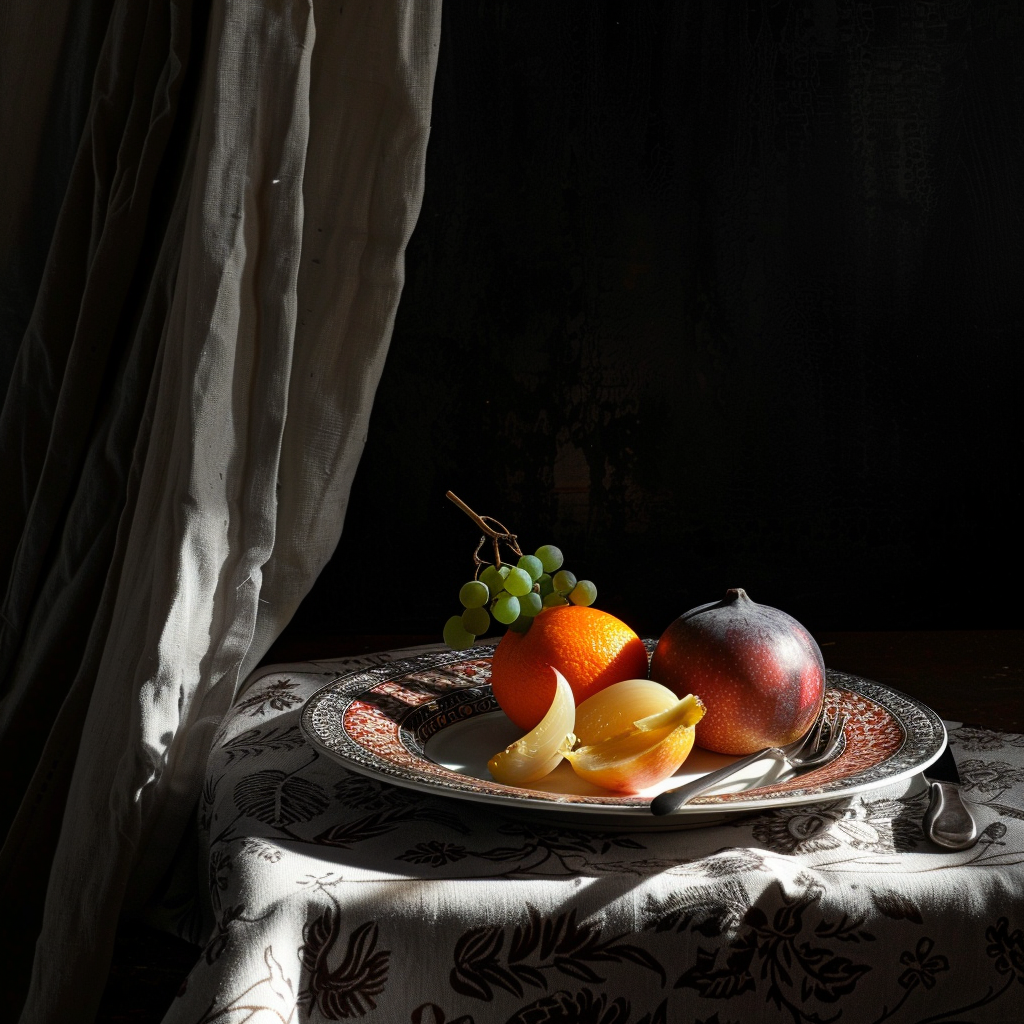
The type of lighting used makes a big difference in food photography, especially when you throw fabrics into the mix. Natural light adds delicate variations in color and is often the go-to for a more genuine, soft look. It shows off the texture of linen and shifts during the day, which gives you all sorts of different angles to work with.
Meanwhile, man-made light is something you can manage and keep the same throughout your shoot. But, it’s tricky because it might cast strong shadows and it takes some know-how to mimic the soft dance of shadows you get with daylight. As a photographer, you’ve got to think it over before deciding, ’cause the kind of light you pick has a major impact on your end result.
Folks often forget about linens, but they play a huge part in the story that goes along with pictures of grub. These cloths do much more than add pizzazz with their colors or textures.
Basically, linens help set up the backdrop and boost the story that the dish is trying to tell. By picking out the right tablecloths, napkins, or dish towels and placing them just so, photographers can pull at heartstrings and guide the vibe where they want it – whether that’s down-home warmth, stylish grace, or festive joy.
Using Tablecloths and Napkins in Food Photos
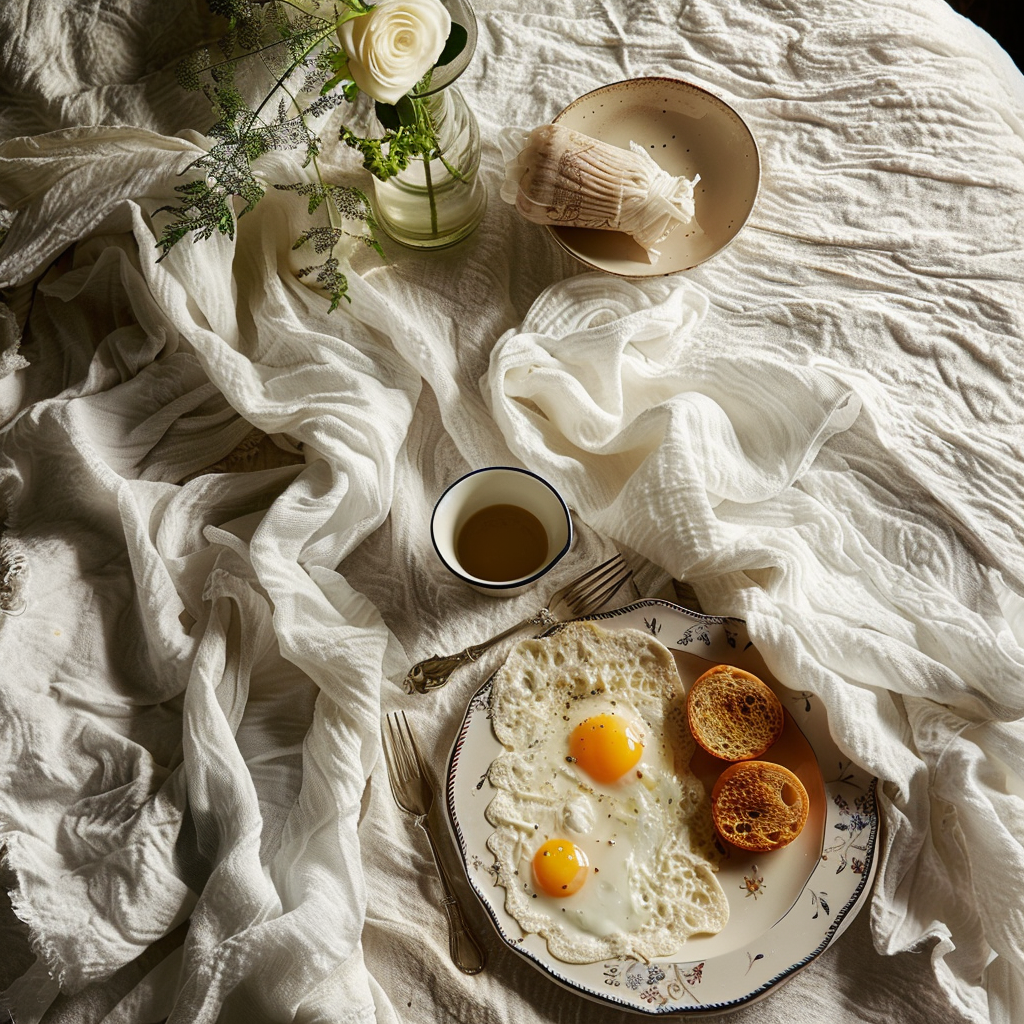
In food photography, every detail is carefully picked to create an appealing and complete picture. Tablecloths and napkins are important because they provide a background and help showcase the food, which is the star. These linens can look relaxed and wrinkled to give off a cozy vibe or be neatly pressed for a more formal look.
They tell a story that goes beyond what’s on the plate. Colors can go with the season, match the food’s colors, or stand out to make the food pop. How you arrange them can show motion and add depth to your photos, giving hints of a meal being enjoyed or just finished.
Linens in Food Photos and Their Cultural Impact
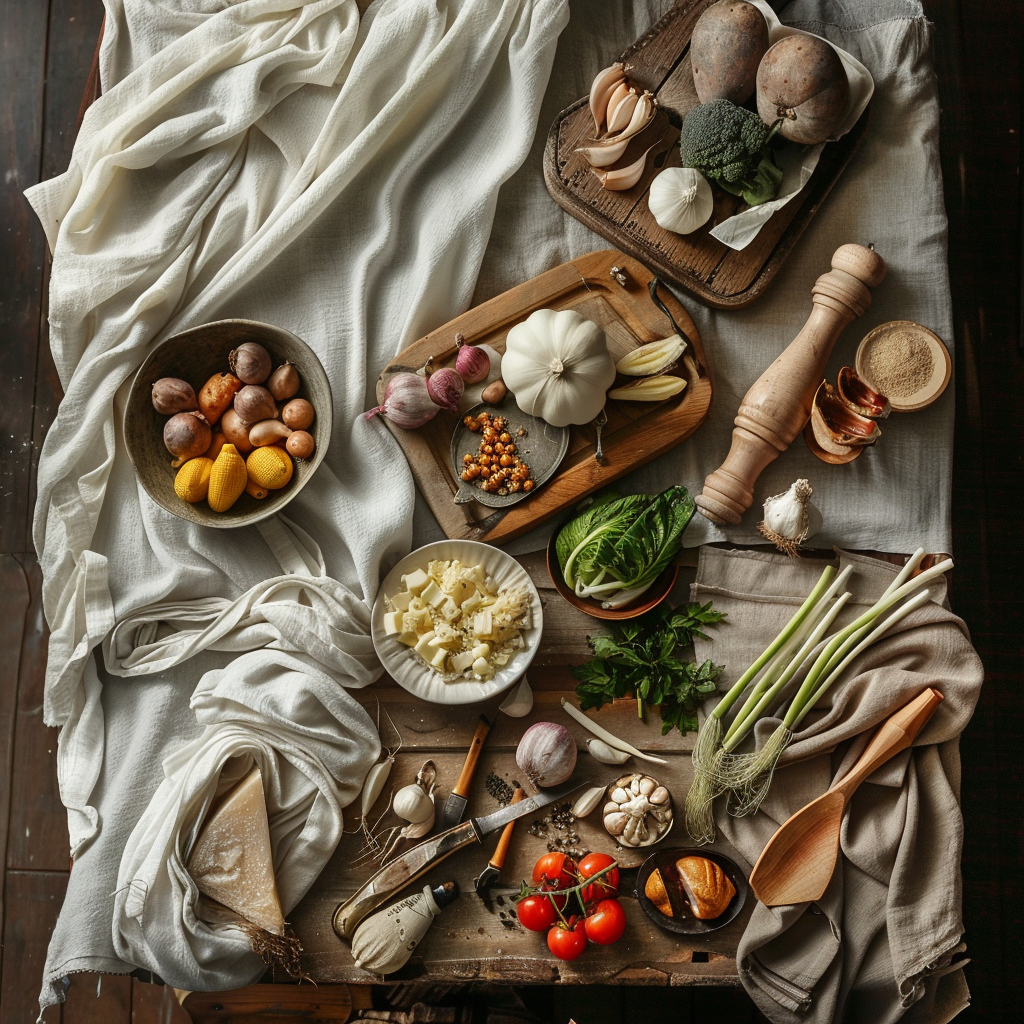
In food photography, linens play a big role in showing off the cultural background of the food. Different cultures have unique fabric designs that can quickly give you an idea of where they’re from. Take a blue and white striped towel—you might think of a Greek taverna. Or, see a batik pattern and you’re whisked away to Indonesia.
These fabric choices do more than just look pretty; they tell a story about culture. They can also make people feel nostalgic, reminding them of family times or special celebrations just by looking at a certain embroidered tablecloth in the photo.
Adding imagination to food photos sometimes means using linens to change the vibe. A photographer can make a picture feel fancy, delicate, or cozy by playing around with fabrics. How linens are placed in a photo can really switch up the atmosphere and the message it sends.
Making Photos Pop with Drapes and Folds
Alive-looking shots come from draping and folding fabrics in certain ways. Draping makes everything seem softer and more relaxed, while folding can add sharp edges that pull your eyes right to the delicious food. These different methods help photographers get exactly the look they’re going for in their pictures.
Piling Up Linens for More Texture
Piling different kinds of linens can create layers that make you want to look closer. Photographers who layer various textures make the images pop. This isn’t just about looks though; it also gives depth to the photos, which helps the dishes stand out more.
To wrap it up, every time a photographer folds or drapes a linen, they’re adding to the story being told in the picture. With each layer of fabric, the photo gets more depth and meaning. Creative use of linens is really at the heart of making awesome food photos.
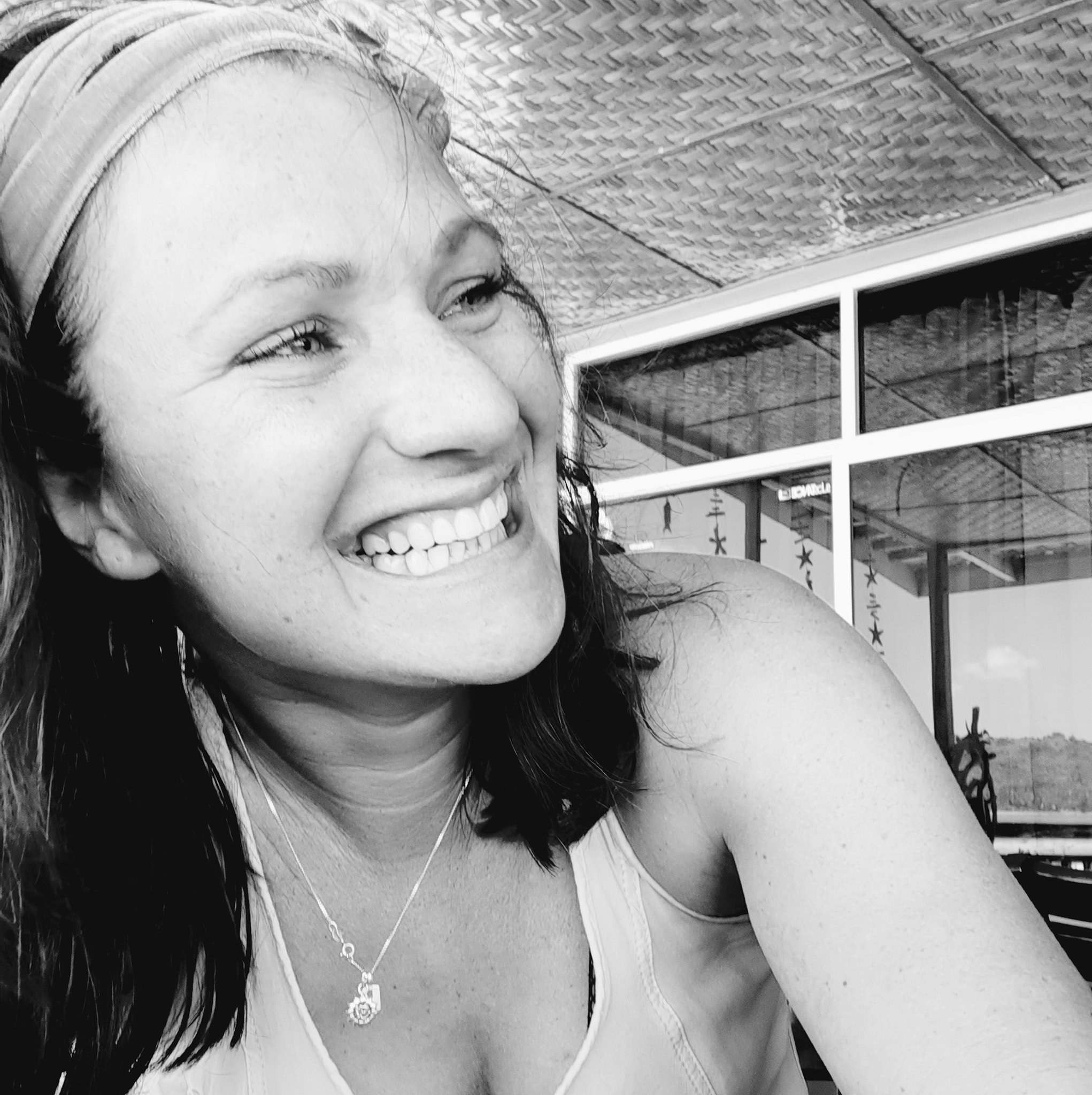
About Author
Rachel Noël is a professional photographer and videographer from the UK with over 10+ years of experience. Rachel specializes in Underwater, Tavel & Portrait photography among other areas.
